
Lignum Vitae The whole artwork (around 40cm x 45cm x 45cm)… Flickr
Lignum vitae is the common name for a group of six species from the genus 'Guaiacum', best known for their strength, density, and durability. Of the six species, only two (Guaiacum sanctum and Guaiacum officinale) are commonly used by the woodworking industry. Endemic to the Caribbean and the north coast of South America, the wood was first.
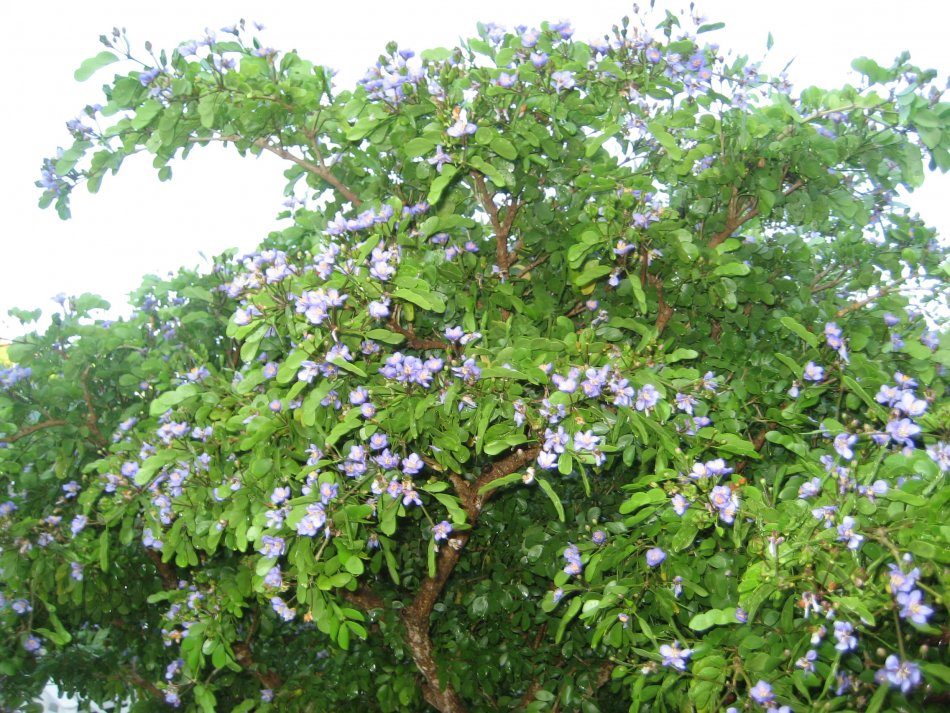
Lignum Vitae Tree
Guaiacum (/ ˈ ɡ w aɪ. ə. k əm /), sometimes spelled Guajacum, is a genus of flowering plants in the caltrop family Zygophyllaceae.It contains five species of slow-growing shrubs and trees, reaching a height of approximately 20 m (66 ft) but usually less than half of that.All are native to subtropical and tropical regions of the Americas and are commonly known as lignum-vitae, guayacán.

Lignum Vitae Villa Maria Rentals in the Florida Keys
Guaiacum officinale, commonly known as roughbark lignum-vitae, guaiacwood or gaïacwood, is a species of tree in the caltrop family, Zygophyllaceae, that is native to the Caribbean and the northern coast of South America. Description. This small tree is very slow growing, reaching about 10 m (33 ft) in height with a trunk diameter of 60 cm (24.

Buy Guaiacum sanctum, Lignum Vitae Free Shipping over 100
Lignum vitae is a wood, also called guayacan or guaiacum, and in parts of Europe known as Pockholz or pokhout, from trees of the genus Guaiacum. The trees are indigenous to the Caribbean and the northern coast of South America and have been an important export crop to Europe since the beginning of the 16th century. The wood was once very important for applications requiring a material with its.
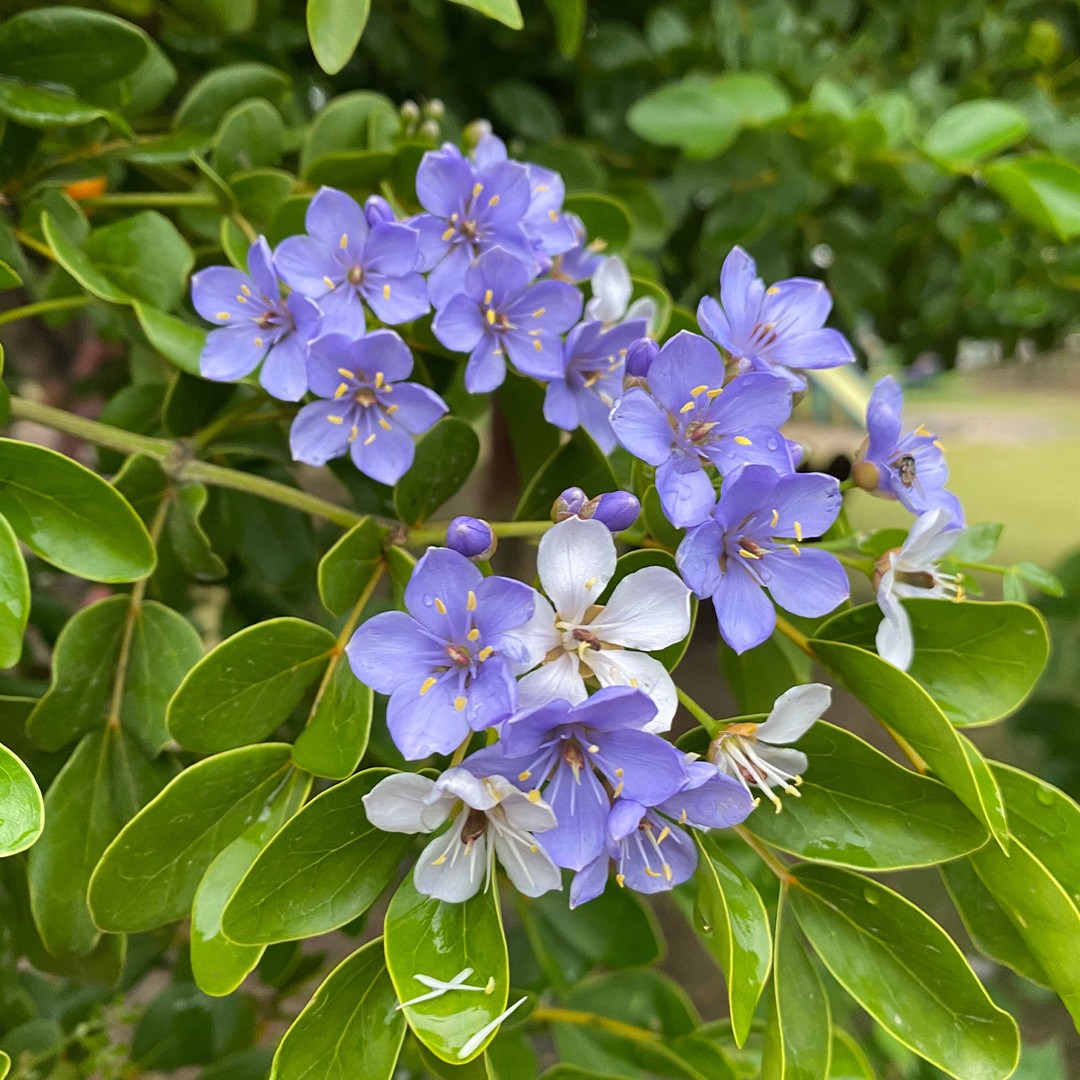
How to Water Roughbark lignumvitae? (Frequency, Techniques, and Quantity)
Lignumvitae, Guaiacum sanctum Introduction Lignumvitae trees, Guaiacum sanctum, are found naturally in rockland and hardwood hammocks of the Florida Keys. It is a highly attractive plant that puts on a

Lignum vitae Richard Lyons Nursery, Inc.
Description. The dense, heavy heartwood of the tropical evergreen guayacum trees, Guaiacum officinale and Guaiacum sanctum, that are native to the West Indies and the coast of Central America.Lignum vitae is the heaviest of all woods. The dark brown to black wood is tough and difficult to carve, but it is valued for its fine grain that polishes to a high gloss.
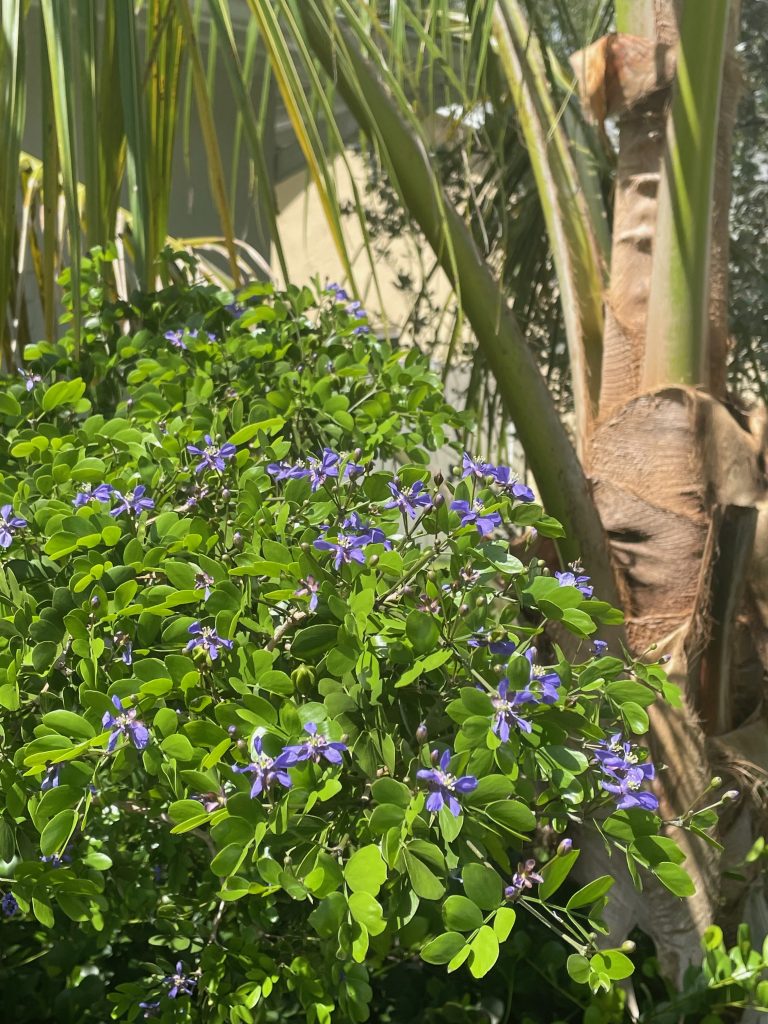
Lignum Vitae, Guaiacum sanctum Florida Native Nursery and Landscaping Services Largo and St
Lignum vitae wood is among the hardest and heaviest of all commercial woods, with a specific gravity of 1.3. Specific gravity is a measurement based on the density of water, with 1.0 being the same density as water… so, any wood over 1.0 will sink, as lignum vitae will, readily. (A surprisingly large number of other native woods do the same).

Lignum vitae Richard Lyons Nursery, Inc.
Lignumvitae Key Botanical State Park is a Florida State Park consisting of Lignumvitae Key, Shell Key, surrounding submerged lands, and a parcel at the northern end of Lower Matecumbe Key.The islands are located one mile west of U.S. 1 (Overseas Highway) at mile marker 78.5, and can be reached only by private boat or tour boat.. Lignumvitae Key was designated a National Natural Landmark by the.
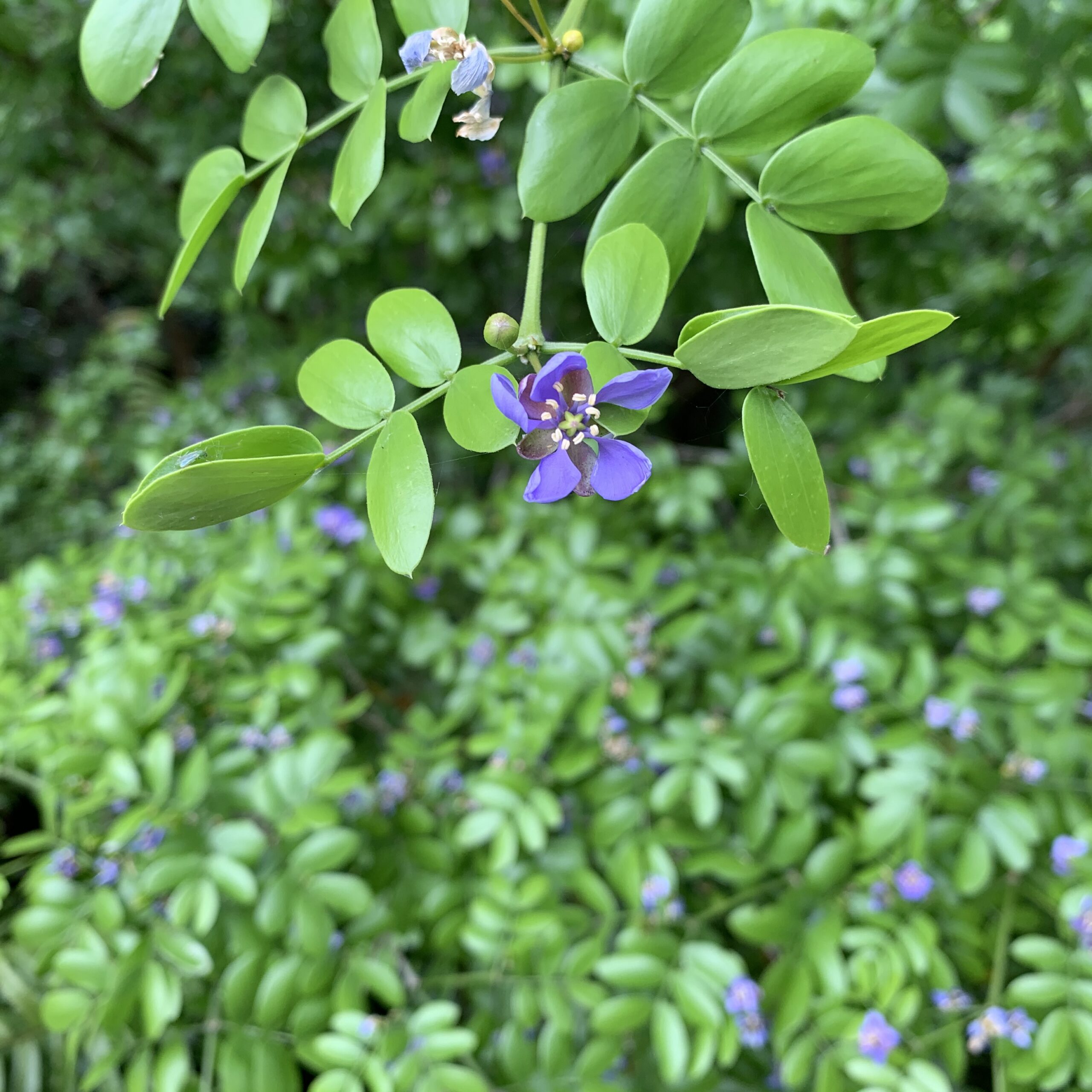
A New Chapter in the Storied Life of This Lignum Vitae Naples Botanical Garden
Vitex lignum-vitae is a small to medium tree growing to a height of 30 metres (98.4 ft) [1] and a trunk diameter of 90 cm (2.95 ft). The trunk is creamy or brown, with horizontal lines and fissures. Its bark sheds in small flakes. Flanged or buttressed at the base of larger trees, the bole is irregular in shape. [2]

2010 lignum vitae flower Rashad Penn Flickr
Guaiacum sanctum, commonly known as holywood, lignum vitae or holywood lignum-vitae, is a species of flowering plant in the creosote bush family, Zygophyllaceae.It is native to the Neotropical realm, from Mexico through Central America, Florida in the United States, the Caribbean, and northern South America. It has been introduced to other tropical areas of the world.

Lignum Vitae YouTube
Lignum vitae (/ ˈ l ɪ ɡ n ə m ˈ v aɪ t i,-ˈ v iː t aɪ /) is a wood, also called guayacan or guaiacum, and in parts of Europe known as Pockholz or pokhout, from trees of the genus Guaiacum.The trees are indigenous to the Caribbean and the northern coast of South America (e.g.: Colombia and Venezuela) and have been an important export crop to Europe since the beginning of the 16th century.

Lignum Vitae West Wind Hardwood
Alas, as with so many resources, the lignum vitae's usefulness led to its over-extraction. "The wood of Guaiacum is the true lignum-vitae of commerce," begins a 1921 study of the tree, archived at Yale University. The author warned that the lignum vitae supply in Cuba "is in danger of total exhaustion" and reported that in fiscal.
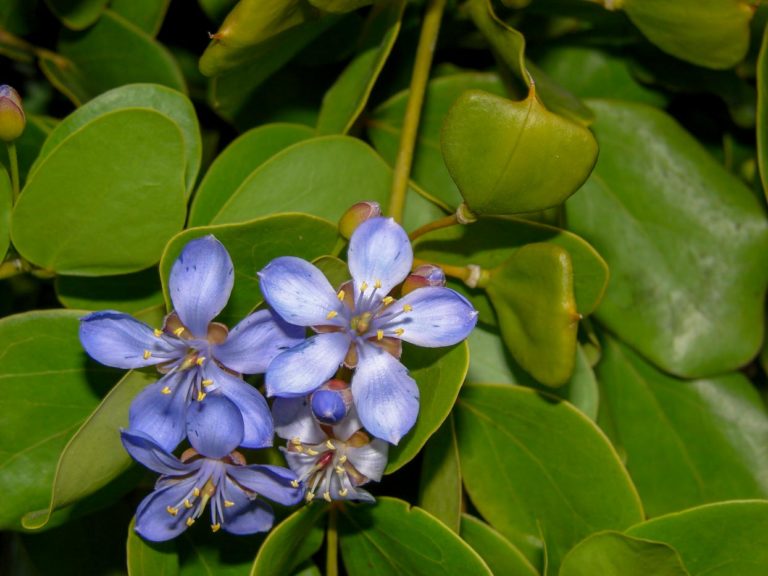
Lignum vitae Acacia LLC
Guaiacum sanctum (Lignum Vitae) is an extremely slow-growing evergreen shrub or small tree with crooked, often multiple trunks and a dense, rounded canopy. The even-pinnately compound leaves are small, up to 2 in. long (5 cm), leathery, shiny dark green. Blooming year-round, with a peak in spring, large showy clusters of star-shaped, bluish purple flowers, 1 in. across (2.5 cm), with.

The Lignum Vitae Tree Lignum Advisors
Final part of the prophecies in Lignum Vitæ (1595), p. 311. The Prophecy of the Popes (Latin: Prophetia Sancti Malachiae Archiepiscopi, de Summis Pontificibus, "Prophecy of Saint-Archbishop Malachy, concerning the Supreme Pontiffs") is a series of 112 short, cryptic phrases in Latin which purport to predict the Catholic popes (along with a few antipopes), beginning with Celestine II.
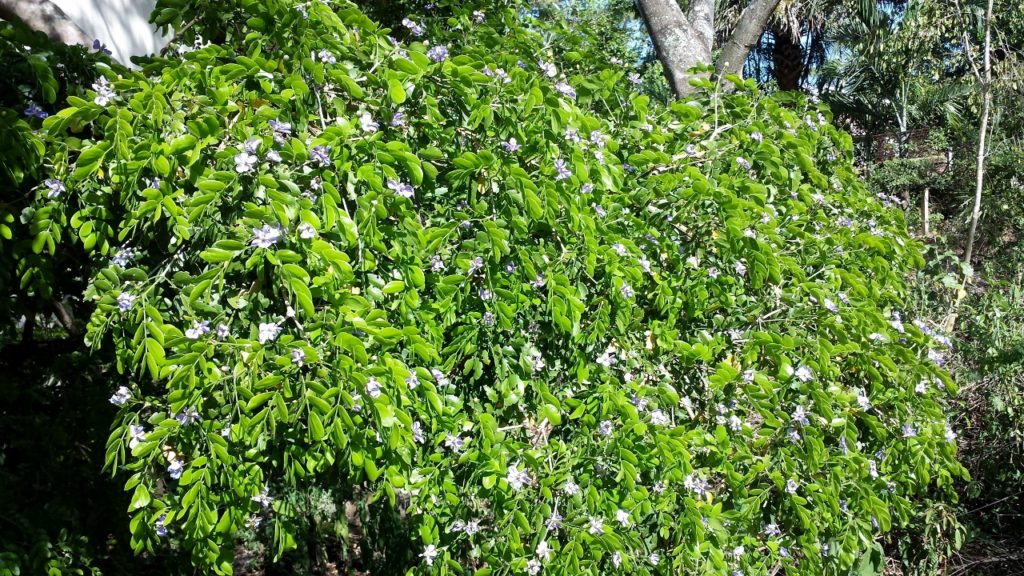
Lignum Vitae
Guaiacum officinale, commonly known as roughbark lignum-vitae, guaiacwood or gaïacwood, is a species of tree in the caltrop family, Zygophyllaceae, that is native to the Caribbean and the northern coast of South America.

lignum vitae A lignum vitae tree on the main road in Treas… Flickr
Lignum Vitae Guaiacum spp. Guaiacum is a genus of six species of trees native to Central America and the Caribbean. The genus includes G. officinale and G. sanctum, both small (7-10 m in height), slow-growing trees that produce the highly valued wood known as lignum vitae ("wood of life"). It is the densest and hardest wood known.